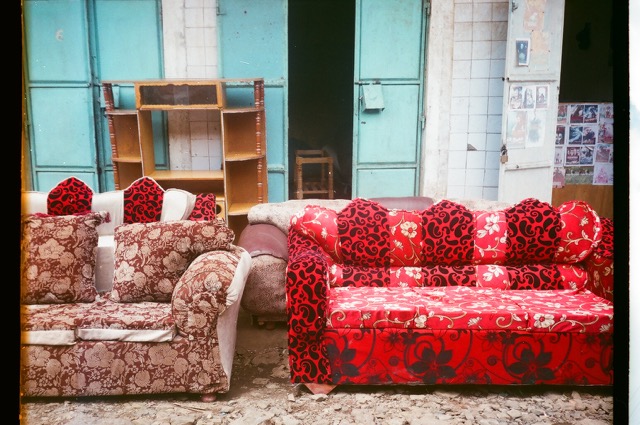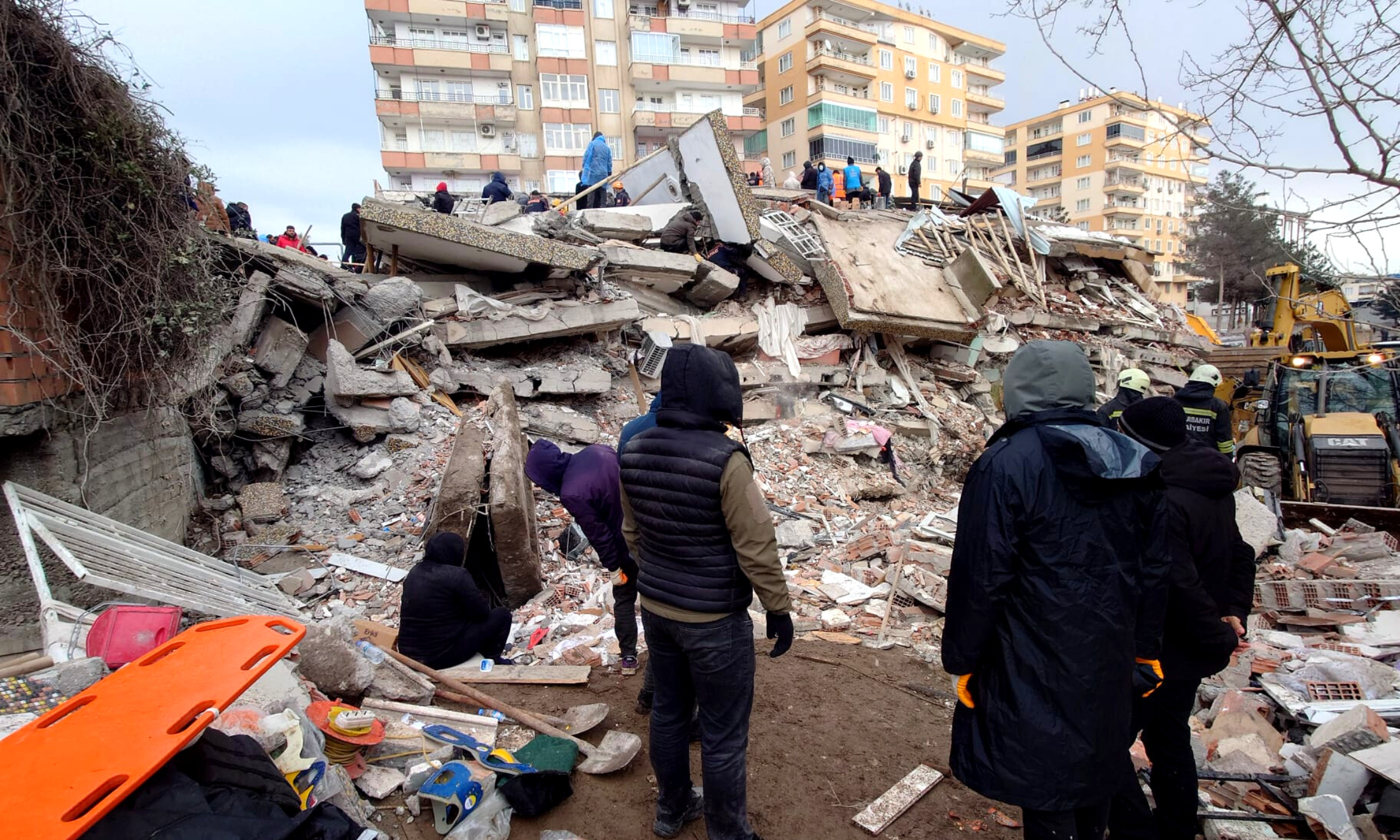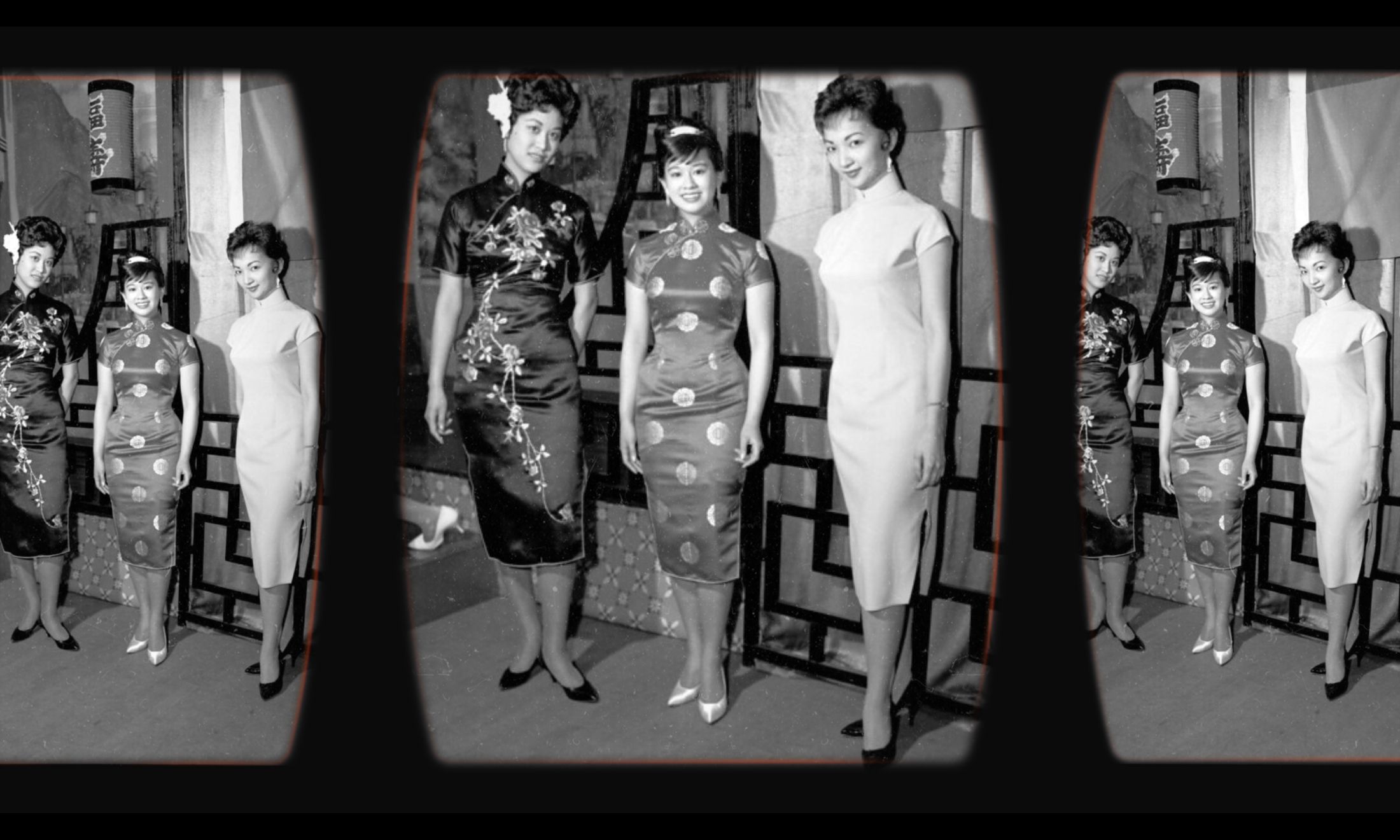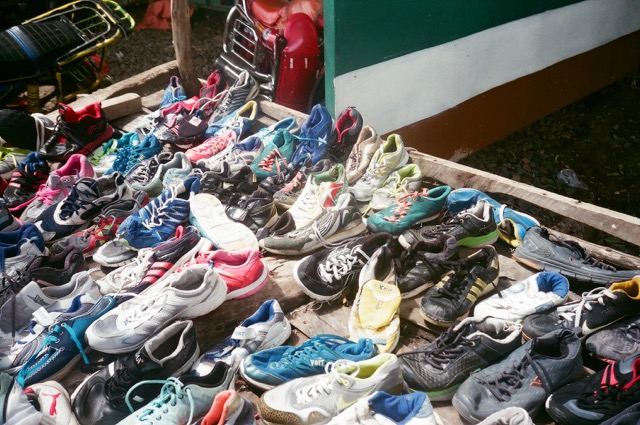
When you donate your old clothes to the charity clothes bank in the car park of your local supermarket, you assume these once loved garments are off to somebody worse off than you. Maybe they’ll end up in Asia, or to a family in Africa? And when you hand in your unwanted clothes to your local charity shop you’d think they’d end up being sold from that store…
What I found out when I visited Kenya, for three months late last year, was that a huge amount of these clothes from clothes banks and charity shops end up in countries in Africa where people are in desperate need of them. However, they aren’t given directly to the citizen. Rather, in Kenya they’re shipped to Mombasa, where they’re then sorted into large bales according to garment type and colour. These bales are then transported across the country in containers and sold to market stall holders, for them to then sell to locals. It’s not bad a business to be in; each container brings about ninety percent profit.
As Jacqueline Kubnia explains to The Guardian, “Kenya alone imports around 100,000 tonnes of second-hand clothes, shoes and accessories a year – many of which were originally donated to charity shops in the west. According to Oxfam, more than 70% of the clothes donated globally end up in Africa.”
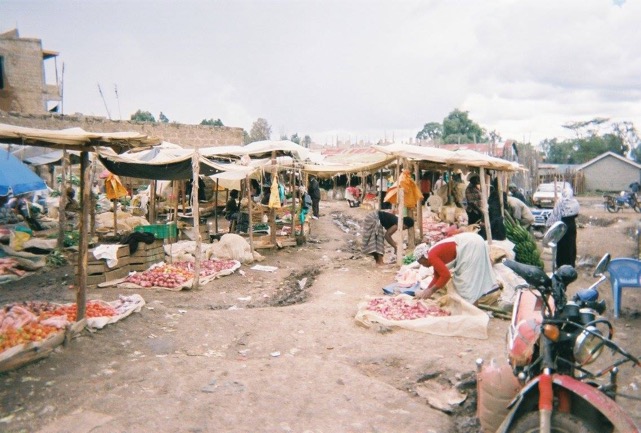
Nanyuki, the town I was staying in, was known for it’s large, bustling markets. They didn’t just sell our second-hand clothes but also locally produced bags and jewellery, fresh fruit and household items. On my first visit to the market, the rush hit me. For anyone who has ever stepped foot on African soil, you’ll understand when I say the general pace of life is considerably slower compared to what we’re used to in the UK. The market was a welcome change. There were stalls in all directions; tables piled high with jeans, t-shirts, dresses, trainers and everything in between. There’s no order to finding what you’re after; just dive in, rummage, hold up the piece and ask for a price. You can barter, but there’s often no reason to when the prices are so low.
By western standards, the items were ridiculously cheap. I found what looked like a brand new Adidas tee for 140 shillings, the equivalent to £1. At the same stall, my friend discovered a cute black American Apparel tee for the same price. We couldn’t believe the price difference from the UK, knowing full well that each top would’ve cost us between £30 and £40 back home.
Although a permanent feature of the town, Wednesdays and Saturdays were the main market days and not much could prepare you for the variety of smells, sounds and sights. As a group, we’d visit around three times a week and come away with a bargain almost every time. Multiple pairs of genuine Nike, Converse and Adidas trainers, a tartan blazer made in Paris, Levi jeans and dungarees, oversized hoodies from American universities, Puma tracksuits and a fair few retro running jackets – all were priced between £1 and £3. We were in vintage heaven!
Some of the items we bought were given strange looks from our Kenyan friends but by the end of our trip, we were dressed like we’d stepped out of a successful trip to Topshop or Urban Outfitters, i.e. looking pretty fashionable by UK standards.
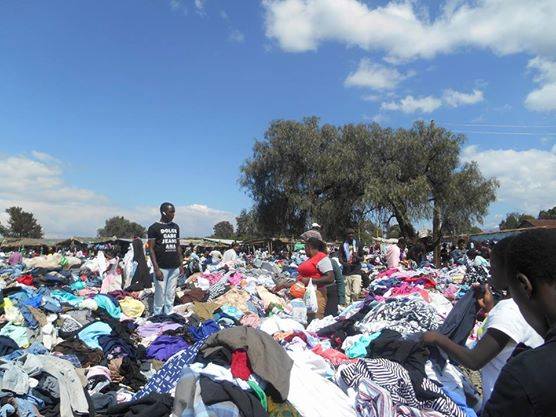
The argument against these markets selling clothes shipped in from the Western world is that it has put a lot of local textile factories out of business. This issue is apparent in Nanyuki, and from what I’ve researched, all over Kenya. It’s a sad truth but locals would rather have the chance to buy and wear cheap Western clothes than more expensive, locally produced textiles. Imagine if British people would only wear nationally produced and traditional clothes. We all lust after trends from all over the world, and Kenyans are no different.
Price is also a major factor when so many people are living below the poverty line. The masses of markets all over the country do provide jobs and valuable sales skills to so many people, as well as bring a sense a community to the town and even provide a safe place for children to play while their parents are busy selling.
Personally, I don’t have a problem with my second-hand clothes ending up in different corners of the world. However, charity shops should be responsible for practicing transparency and telling donators where their clothes will most likely end up.
